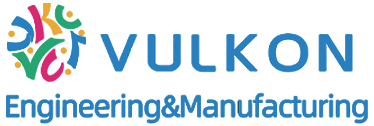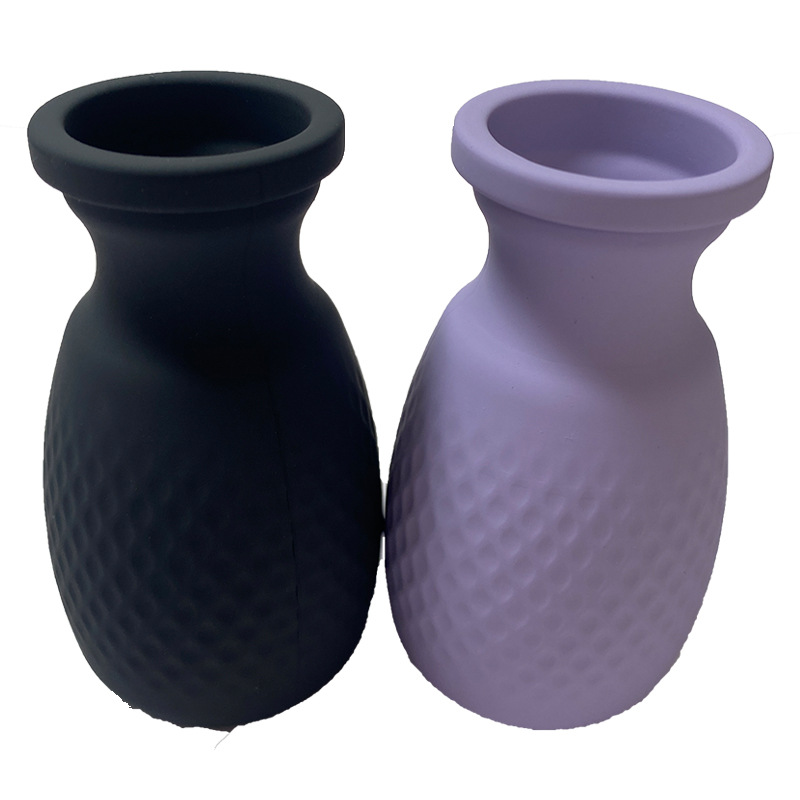In today's diversified industrial and daily applications, silicone products are widely favored for their excellent flexibility, chemical stability, and good biocompatibility. From daily kitchen supplies to precision industrial components, silicone products are ubiquitous. If there is a demand for customized silicone products, paying attention to details is crucial, as it directly affects the final quality and effectiveness of the product.

Firstly, it is necessary to clarify the product design and specifications, which require precise dimensional requirements and reasonable structural design. Before customization, it is essential to determine the precise dimensions of the product. Although silicone has some elasticity, excessive dimensional deviations can affect the product's adaptability; The structural design of the product should fully consider the characteristics of silicone material and actual usage scenarios. Complex structures may increase production difficulty and lead to a decrease in yield. The choice of silicone material is crucial, and attention should be paid to the matching of performance parameters. There are many types of silicone with different properties, and key performance indicators such as hardness, tensile strength, tear strength, and temperature resistance range should be considered. Suitable materials should be selected based on the product's usage conditions. The environmental protection and safety of materials are crucial, and it is necessary to ensure that the selected silicone meets the corresponding national standards to ensure the health and safety of users. Next is to strictly control the production process. Molds are the key to molding silicone products. High quality molds can ensure product size accuracy and surface quality, reduce burrs, so it is necessary to conduct a comprehensive inspection and maintenance of the molds before production to avoid affecting product quality due to mold problems. Choosing the molding process is also important. Different processes are suitable for different types of products. Based on product characteristics and production needs, a reasonable molding process should be selected to achieve the best production effect and product quality. Finally, attention should be paid to the appearance and post-processing of the product. The appearance of the product directly affects the user experience and market image. When customizing, it is necessary to clarify the appearance quality standards, such as surface smoothness, color uniformity, etc. The post-treatment process can further improve product performance and appearance, but it should be matched with product design and usage requirements to avoid affecting product quality due to improper post-treatment.

Customizing silicone products is a systematic engineering process, from product design and material selection to production technology and appearance treatment, every detail cannot be ignored. Only by paying full attention to these details and closely communicating and collaborating with manufacturers can we customize high-quality silicone products that meet demand and gain an advantage in market competition.
“Do you see over yonder, friend Sancho, thirty or forty hulking giants? I intend to do battle with them and slay them.”
— Don Quixote

